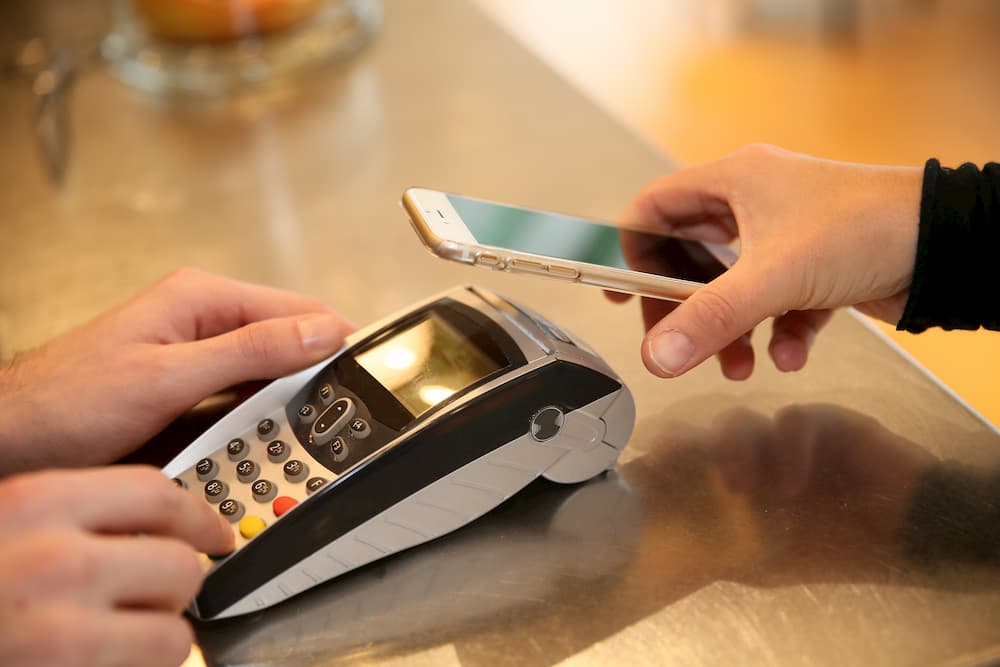Using mobile payment applications is easy. Simply hold your phone near a POS terminal which will then read your payment information. This may sound scary for anyone who hasn’t used a mobile payment application to pay for a good or service before. You do not have to worry because when it comes to mobile payments, hackers find it hard and almost impossible to breach data and hack into the system behind your mobile payment system. There is also the fact that with mobile payments, your actual financial information is not transferred in a transaction. The system simply uses a coded and encrypted version of your debit or credit card when authorizing payments. It does not hurt though to take a few safety and security measures when paying using your phone. Here is how to go about it.
Stick To Trusted Payment Platforms
The thumb rule here is simple. Stick to the software that came along with your smartphone. You can also use other trusted options like Google Wallet or Chase Pay. All these payment platforms do not store your credit or debit card details. The same cannot be said of less trustworthy payment apps. If anything, they work opposite. Hackers develop them just to gather your personal information. This is what experts refer to ‘data harvesting’ which takes place in so many ways. To be safe, completely avoid using third party mobile payments.
Password Protection
As obvious as this tip sounds, it is one of the most important precautions you can take to boost your mobile payment security. Remember you need something stronger beyond ‘0000’ or your year of birth. Use fingerprints and facial recognition features as they make it hard for anyone to access your applications.
Snub The Public Wi-Fi
Public Wi-Fi comes in handy when surfing the internet. But when it comes to sending sensitive information, it quickly becomes a data safety hazard. Any information you send through public Wi-Fi from your phone or any other hand held device is accessible to anyone can access the same Wi-Fi connection. This means a hacker can intercept your payment information each time you use public Wi-Fi to make payments. Use your home Wi-Fi if you have to use Wi-Fi when paying for anything using your smartphone. This only applies to online shopping when you’re at home. If you’re on the go, stick to your mobile carrier’s network.
Use Credit Cards
There is a reason why the safest mobile payments use credit cards as opposed to debit cards. Credit card companies world over have significantly more effective fraud protection systems and policies compared to debit card companies. Think about it this way. If your credit card company has a zero fraud liability policy, then you do not have to worry about fraudulent charges made to your account. Debit cards on the other hand are different. You can easily be liable for money taken from your bank account. Note too that it can also take months for your bank to reimburse your money even when they’re clearly at fault.
